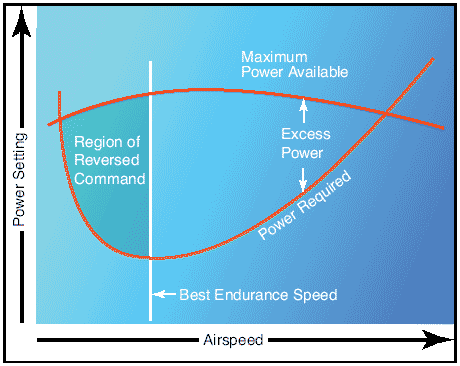
L. Scott Brooksby, DDS, CFII,ATP,A&P, MEI
2022 Taylor Cutoff Rd
Sequim, WA 98382
702-274-6700
Check out our Sequim dental office at drbrooksby.com.

L. Scott Brooksby, DDS, CFII,ATP,A&P, MEI
2022 Taylor Cutoff Rd
Sequim, WA 98382
702-274-6700
Check out our Sequim dental office at drbrooksby.com.
FLIGHT AT MINIMUM CONTROLLABLE AIRSPEED
During every flight it is necessary to operate the airplane at low airspeeds. This, of course, is during the takeoff and landing. This is true to even a greater extent when performing maximum performance takeoffs and landings such as short and soft field efforts. The effects of slow flight on controllability and maneuverability are very important. The pilot must have an appreciation and understanding of the capabilities and limitations of the airplane in slow flight, as well as develop proficiency and confidence in his own ability to maintain control at various speeds.
Flight at minimum controllable airspeed can be described as, flight at an attitude and airspeed such that if the angle of attack is increased the slightest amount the airplane will stall. The airspeed used will vary with weight, loading, configuration, power setting, and piloting techniques. While executing the maneuver the pilot should be particularly aware of the following:
(1) the attitude of the airplane in reference to the horizon. Note the small difference between attitudes with and without flaps.
(2) the power required versus the airspeed produced,
(3) the amount of trim needed, and whether sufficient trim is available,
(4) control pressures and effectiveness, (or lack of effectiveness),
(5) the angle of bank necessary to make a standard rate turn.
Stalls while operating in slow flight should be demonstrated. The effects of stalls and recoveries from such situations as turns, adverse yaw, (unbalanced flight), extension and retraction of flaps must be thoroughly understood. While operating in this region of reversed command is not in itself hazardous, the special flying techniques required for safe flight will be emphasized and practiced.
Flight at minimum controllable airspeed will be entered from straight and level flight at normal cruising airspeed. Power should be reduced while maintaining heading and altitude. As the airspeed slows, the pitch attitude will have to be increased to maintain the desired flight path. As the airplane enters the region of reversed command, it will be necessary to increase power to overcome the increased induced drag. In other words, it will be necessary to add power to fly at a slower airspeed. The figure below illustrates how the airplane can be flown at two different airspeeds at the same power setting.
